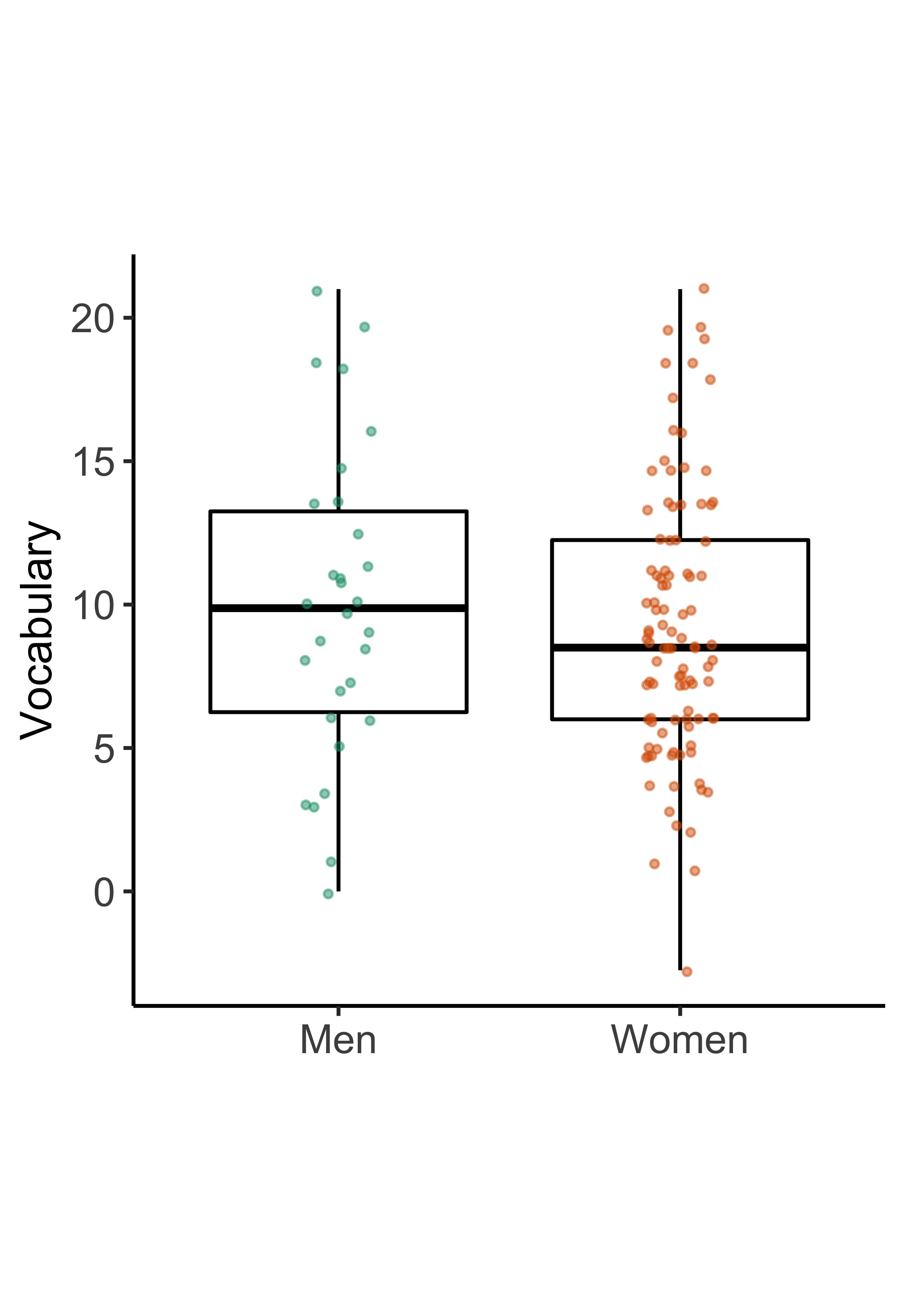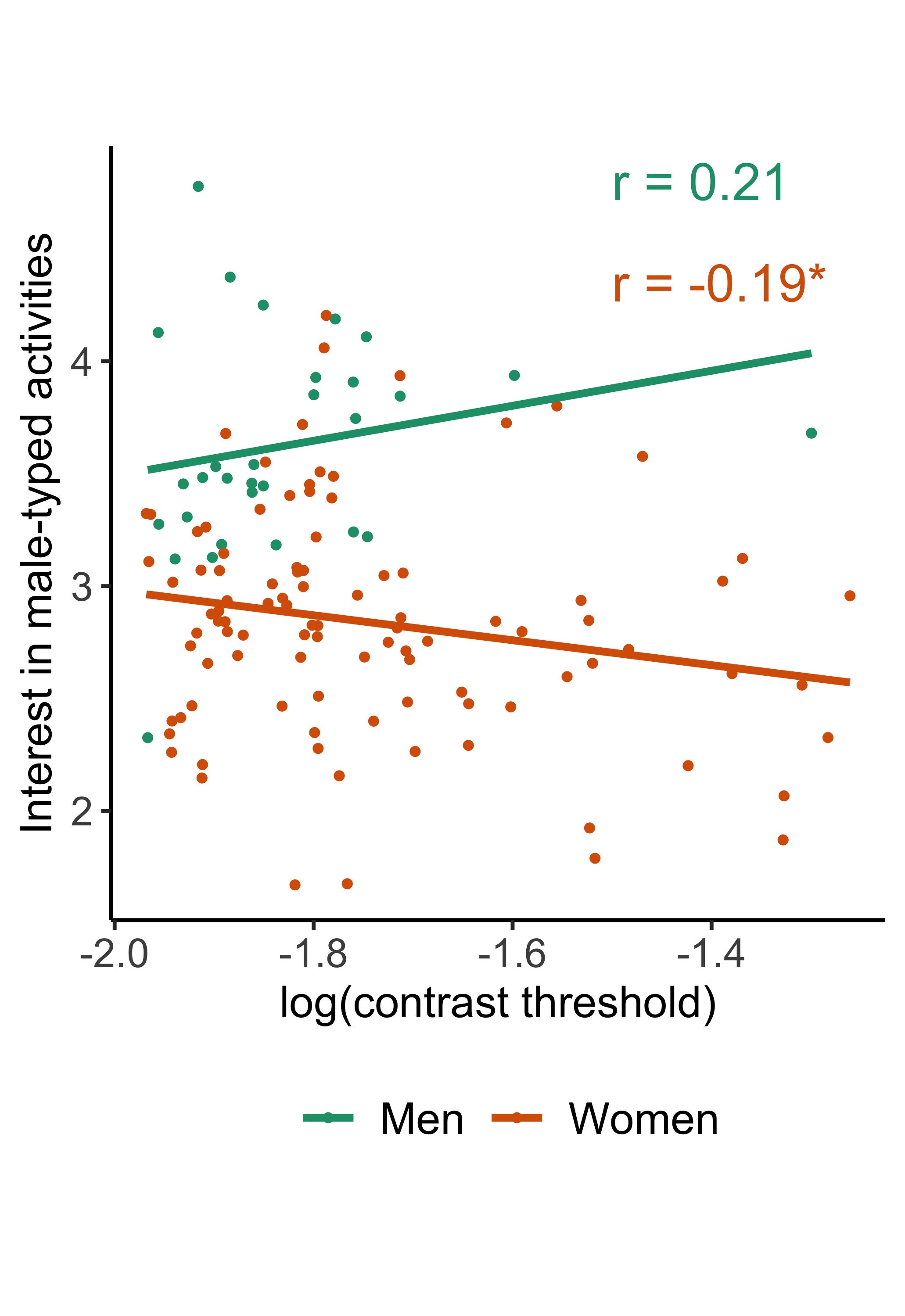flowchart LR
A([Grad-1]) --> B(Prof-1)
B --> C[/Area-1/]
C --> D[Dept-1]
D --> E{College-1}
F([Grad-2]) --> B
G([Grad-3]) --> B
H([Grad-4]) --> I[Prof-2]
I --> C
J([Grad-5]) --> K[Prof-3]
K --> L[/Area-2/]
L --> D
N[Prof-4] --> L
O[Prof-5] --> P[Dept-2]
P --> E
Q([Grad-6]) --> R[Prof-6]
R --> S[Dept-3]
S --> T{College-2}
T --> U((Univ-1))
E --> U
No foolin’
May all our crises be ‘good’ ones
Support
- National Institutes of Health, R01-HD094830
- National Science Foundation, OAS-2032713
- John S. Templeton Foundation
- Penn State Child Study Center
Agenda
- Crises…
- Struggling…
- And resolution…
Crises…
Crisis #1
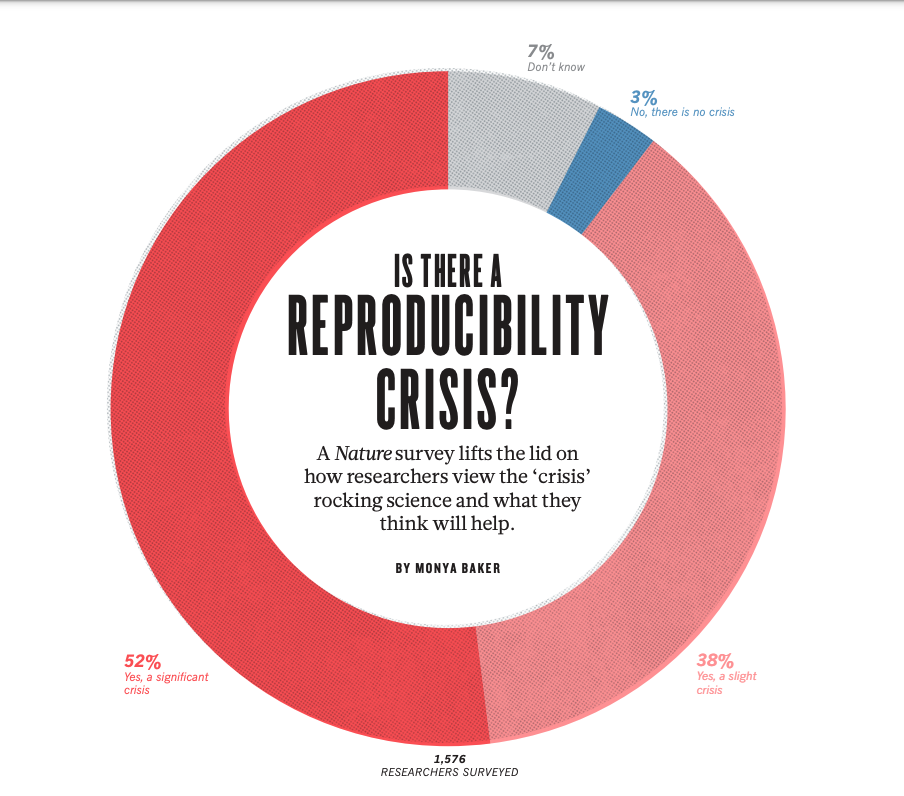
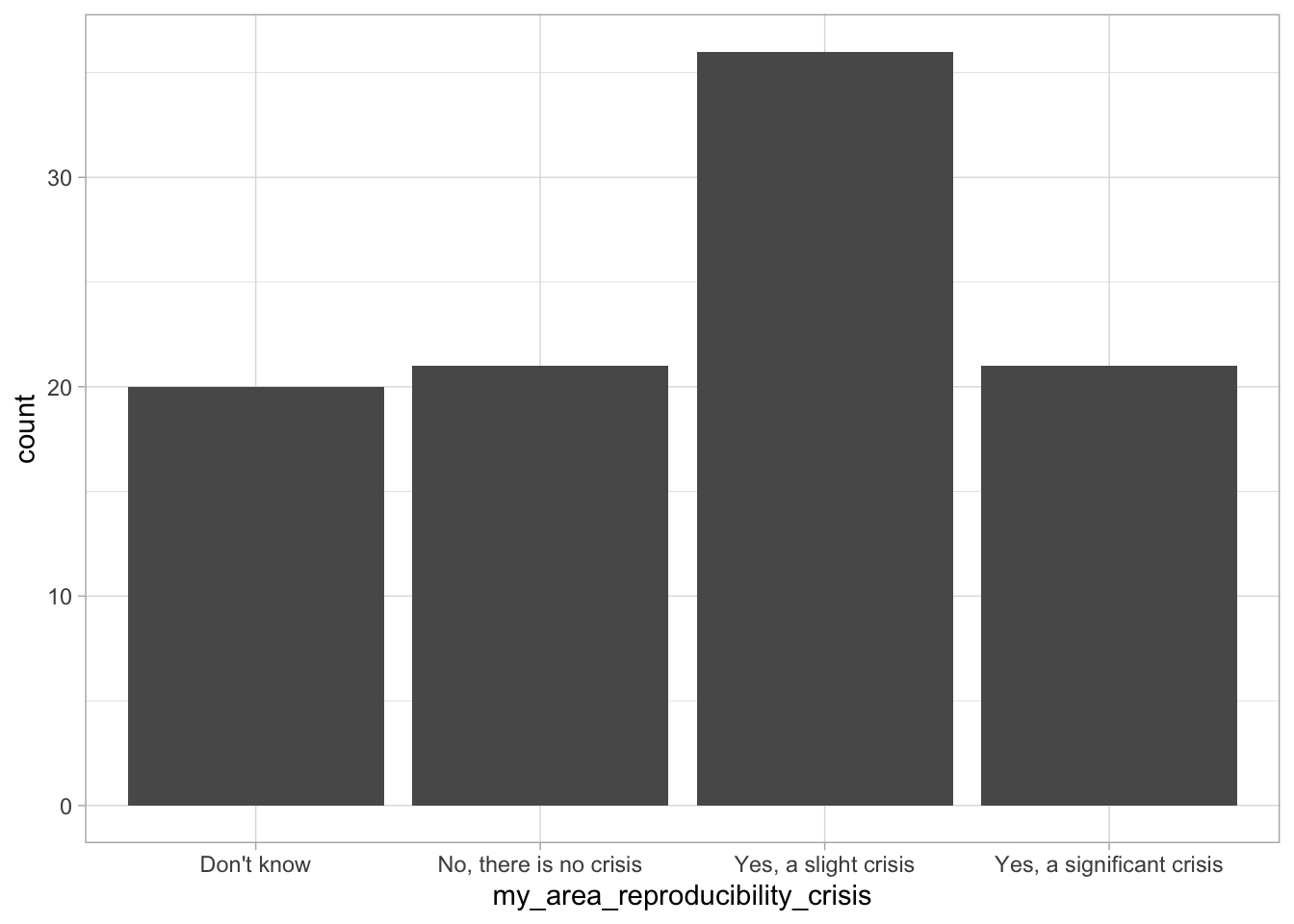
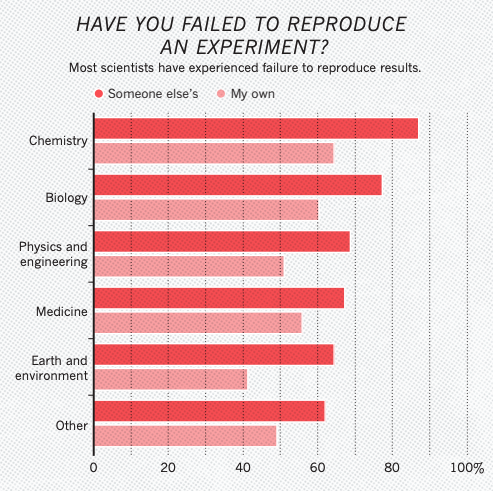


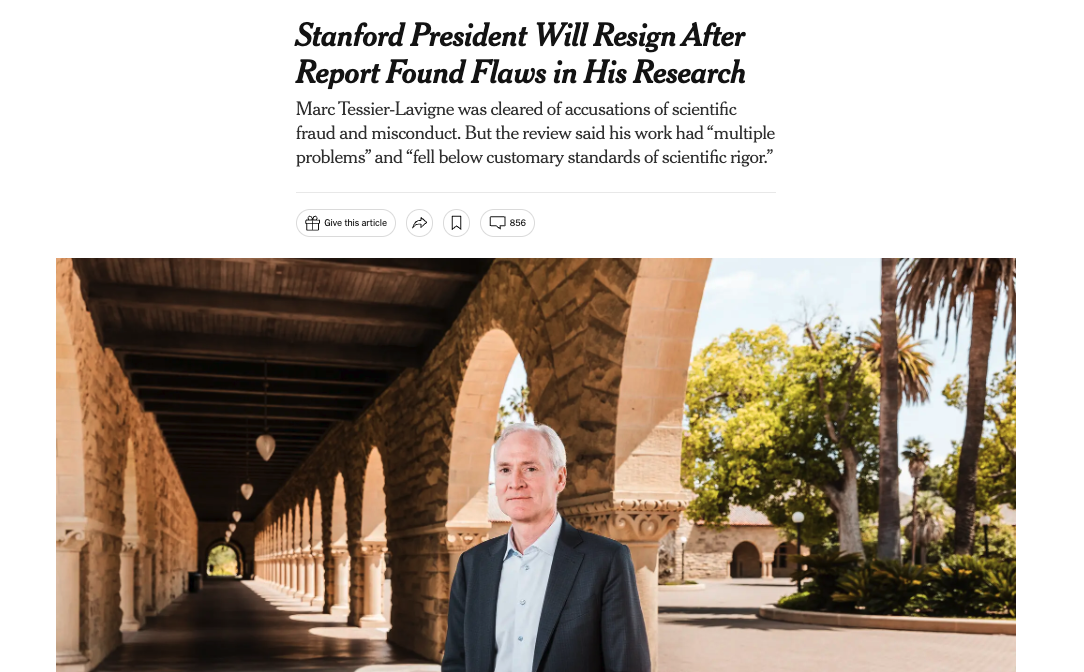
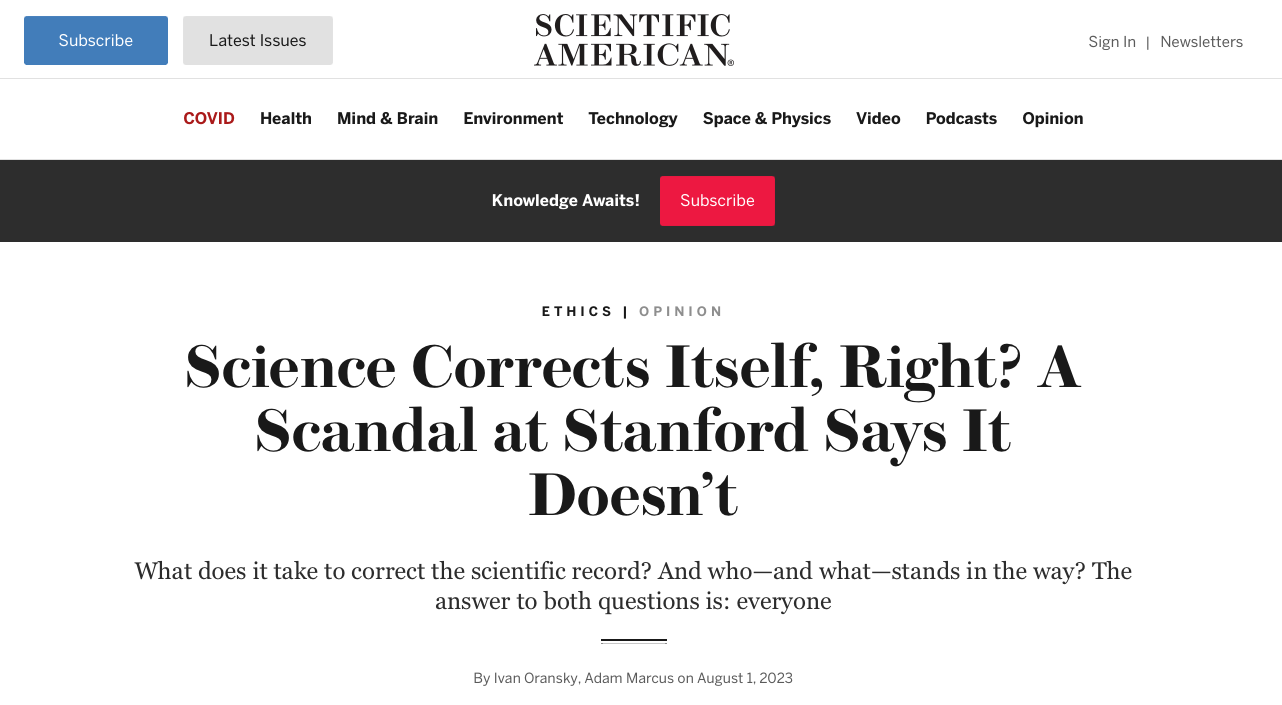
Tim Errington
Center for Open Science
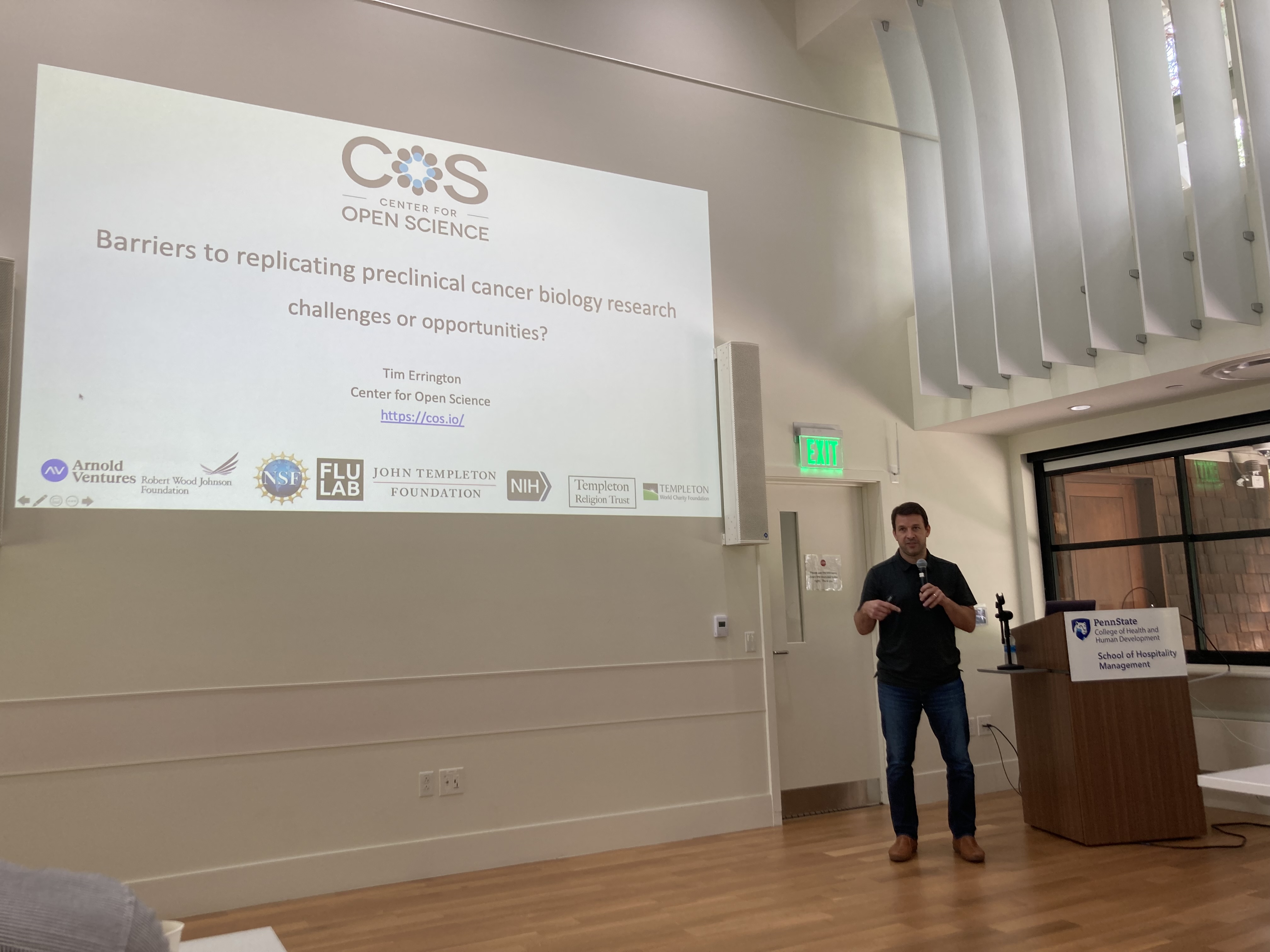
…The initial aim of the project was to repeat 193 experiments from 53 high-impact papers…However, the various barriers and challenges we encountered while designing and conducting the experiments meant that we were only able to repeat 50 experiments from 23 papers…
Tim Errington
Center for Open Science

…the data needed to compute effect sizes and conduct power analyses was publicly accessible for just 4 of 193 experiments…none of the 193 experiments were described in sufficient detail in the original paper to enable us to design protocols to repeat the experiments…
Tim Errington
Center for Open Science

…While authors were extremely or very helpful for 41% of experiments, they were minimally helpful for 9% of experiments, and not at all helpful (or did not respond to us) for 32% of experiments…
Tim Errington
Center for Open Science

…This experience draws attention to a basic and fundamental concern about replication – it is hard to assess whether reported findings are credible.
What the actual F-test??!
What colleagues have said…
Why can’t we just trust each other?
If I have to review someone else’s statistics, I’ll stop reviewing.
I’d never use data shared by X; I don’t trust what they do.
I don’t have {time, permission, money} to {share data, share materials, pre-register a study, collect a large enough sample to be well-powered…}
Back to the search for (statistical) significance!
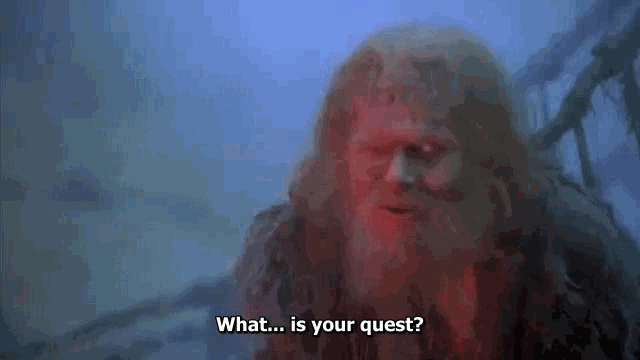

Three Little Pigs

Pantheon
Crisis #2a: Metaphysics
- What are we talking about?
- Psychology a science of behavior and internal experience (perception, cognition, emotion…)
- What is the logical, physical status (\(\Phi\)) of psychological states (\(\Psi\))?
- If \(\Psi_{internal}\) can’t be measured directly but \(\Psi_{external}\) can be
Crisis #2b: Construct validity
Crisis #2c: What are the “laws” of psychological science?
- Fitts Law
- Stevens’ Power Law
- Cognition is often systematically biased

https://149365049.v2.pressablecdn.com/wp-content/uploads/2014/07/6-blind-men-hans-1024x654.jpg
Crisis #2e: Toothbrush culture

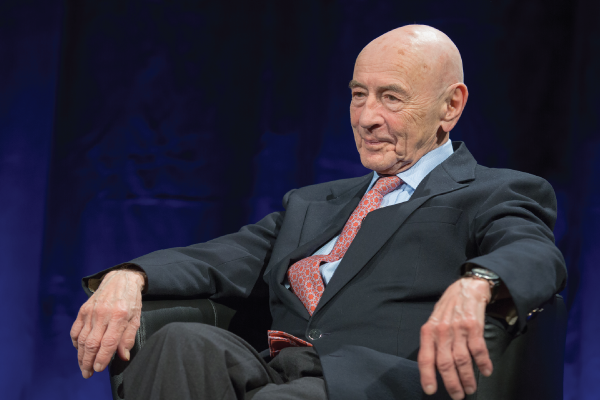
…psychologists tend to treat other peoples’ theories like toothbrushes; no self-respecting individual wants to use anyone else’s.

The toothbrush culture undermines the building of a genuinely cumulative science, encouraging more parallel play and solo game playing, rather than building on each other’s directly relevant best work.
Struggling

Source: https://images.agoramedia.com/wte3.0/gcms/Why-Babies-Love-Mirrors-722x406.jpg
You may ask yourself…
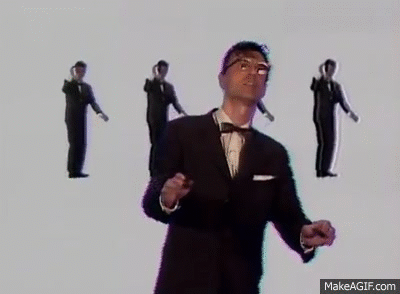
Talking Heads - “Once In A Lifetime”

If it was fun, they wouldn’t have to pay you to do it.
Jerry Gilmore
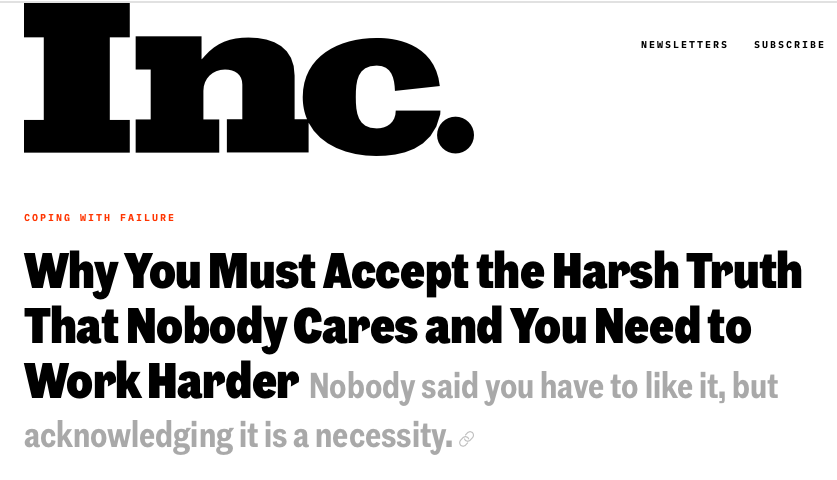
Do or do not. There is no try.
Yoda
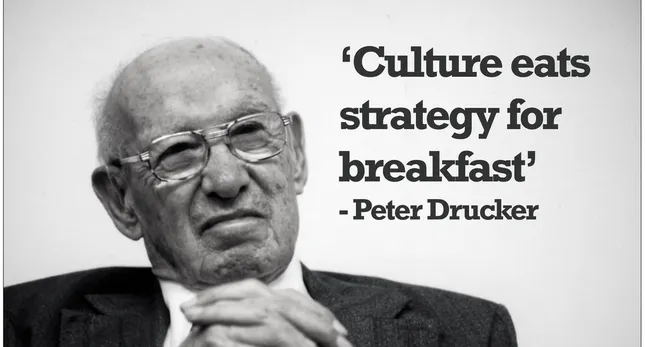
Robert Merton
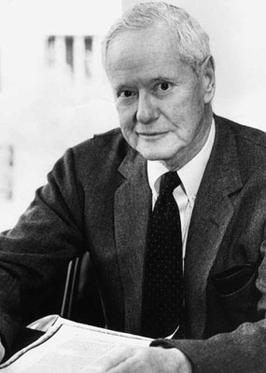
What is scientific culture?
a stock of accumulated knowledge (facts & findings)
a set of characteristic methods
a set of cultural values (Merton, 1973, p. 268)
Richard Feynmann

…the idea that we all hope you have learned in studying science in school…It’s a kind of scientific integrity, a principle of scientific thought that corresponds to a kind of utter honesty…
Richard Feynmann

The first principle is that you must not fool yourself—and you are the easiest person to fool. So you have to be very careful about that. After you’ve not fooled yourself, it’s easy not to fool other scientists…
Richard Feynmann

…a specific, extra type of integrity that is not lying, but bending over backwards to show how you’re maybe wrong, that you ought to do when acting as a scientist. And this is our responsibility as scientists, certainly to other scientists, and I think to laymen.
Richard Feynmann

…if you’re doing an experiment, you should report everything that you think might make it invalid–not only what you think is right about it: other causes that could possibly explain your results; and things you thought of that you’ve eliminated by some other experiment…
Richard Feynmann

…If you’ve made up your mind to test a theory, or you want to explain some idea, you should always decide to publish it whichever way it comes out. If we only publish results of a certain kind, we can make the argument look good. We must publish both kinds of result.
…So I have just one wish for you—the good luck to be somewhere where you are free to maintain the kind of integrity I have described, and where you do not feel forced by a need to maintain your position in the organization or financial support, or so on, to lose your integrity. May you have that freedom.
Resolution
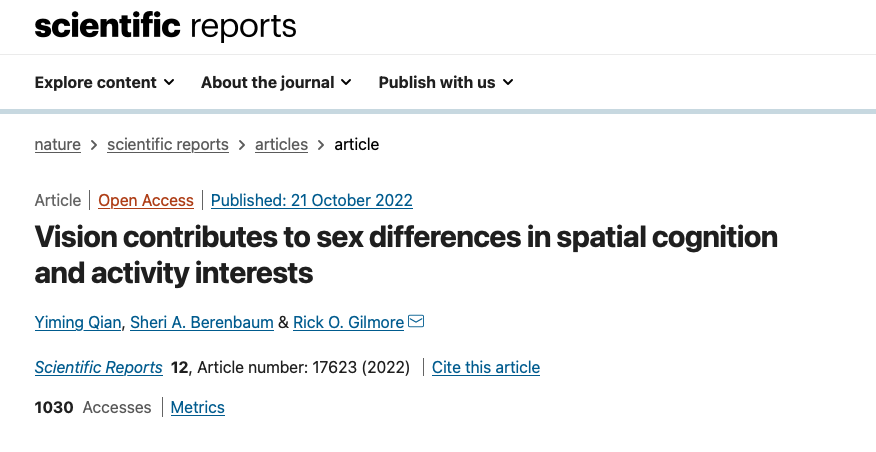
Qian, Berenbaum, & Gilmore (2022)
Motivation
- Sex1 differences (\(M>F\)) in vision (Shaqiri et al., 2018): especially contrast sensitivity (Abramov, Gordon, Feldman, & Chavarga, 2012), motion sensitivity (Murray et al., 2018; Qian, Seisler, & Gilmore, 2021).
- Sex differences spatial cognition (e.g., mental rotation) and activity choices.
- Do these replicate?
- Do they relate to one another?
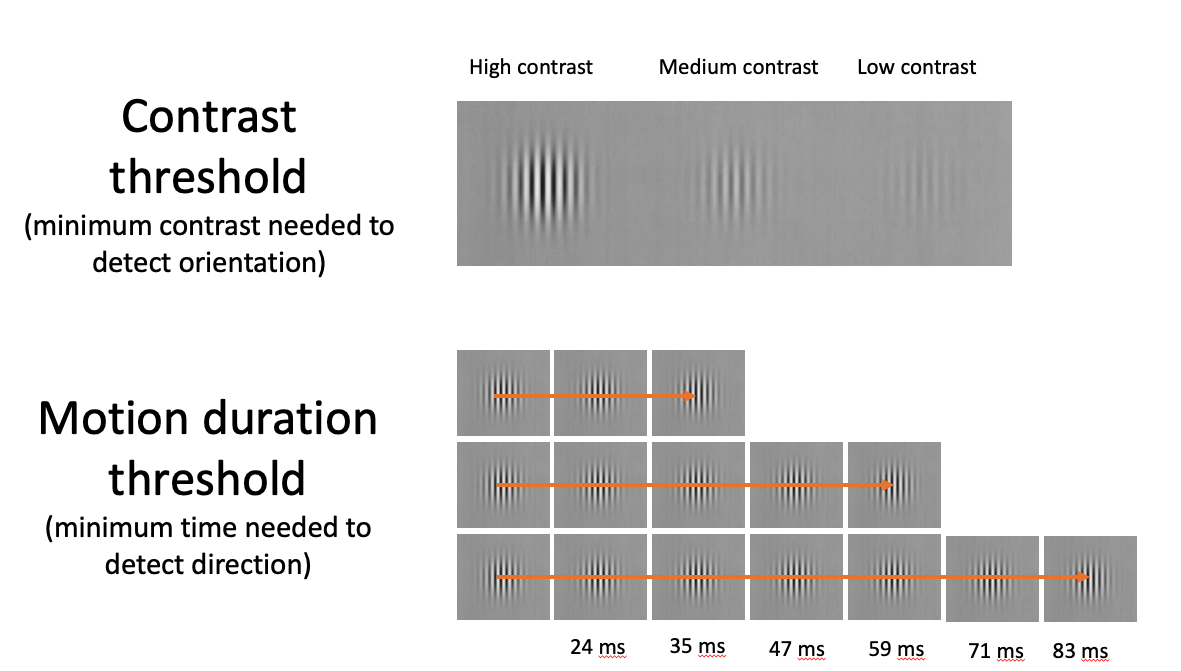
Vision tasks used in Qian et al. 2022

Mental rotation task

Hobbies task
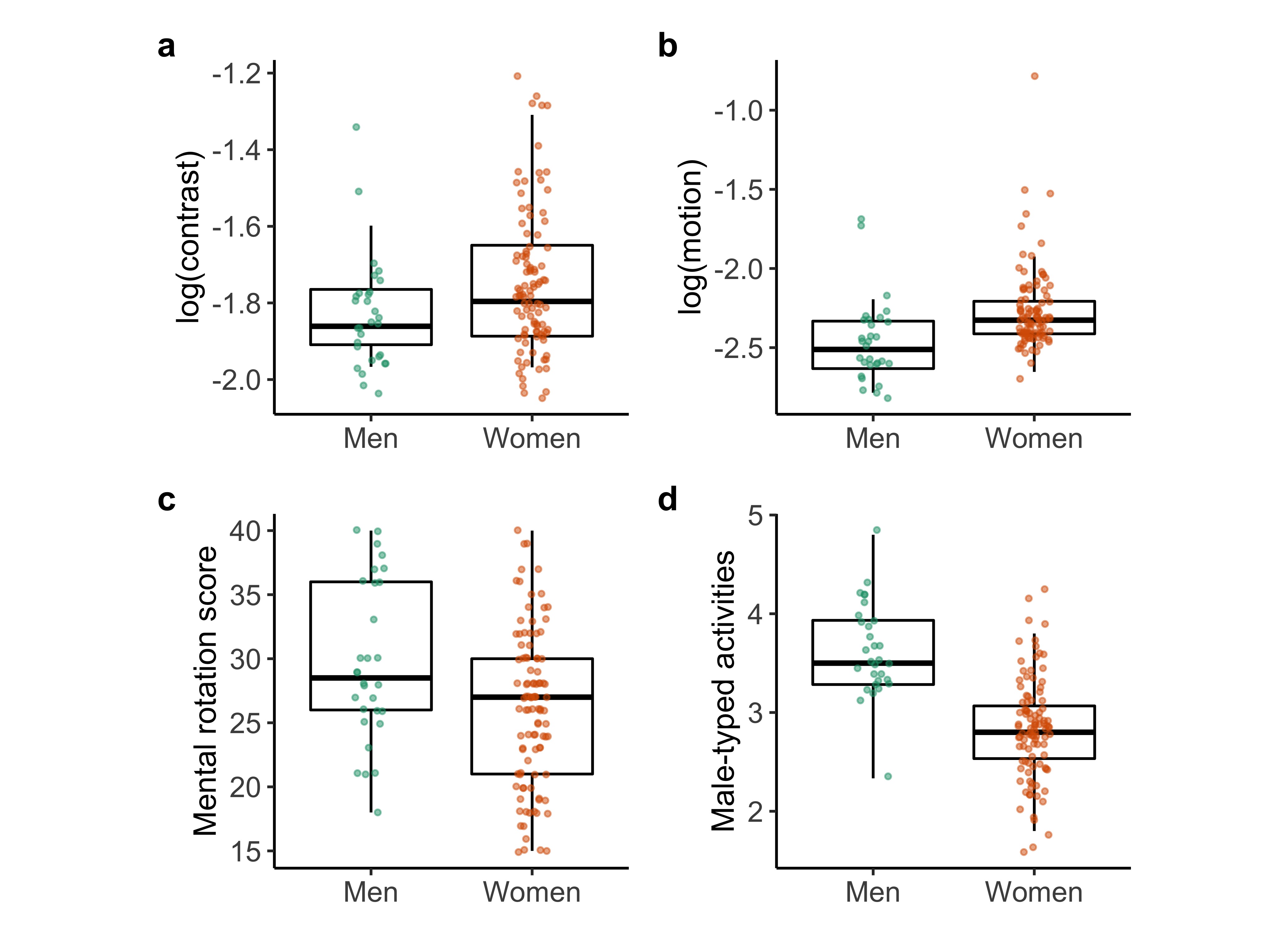
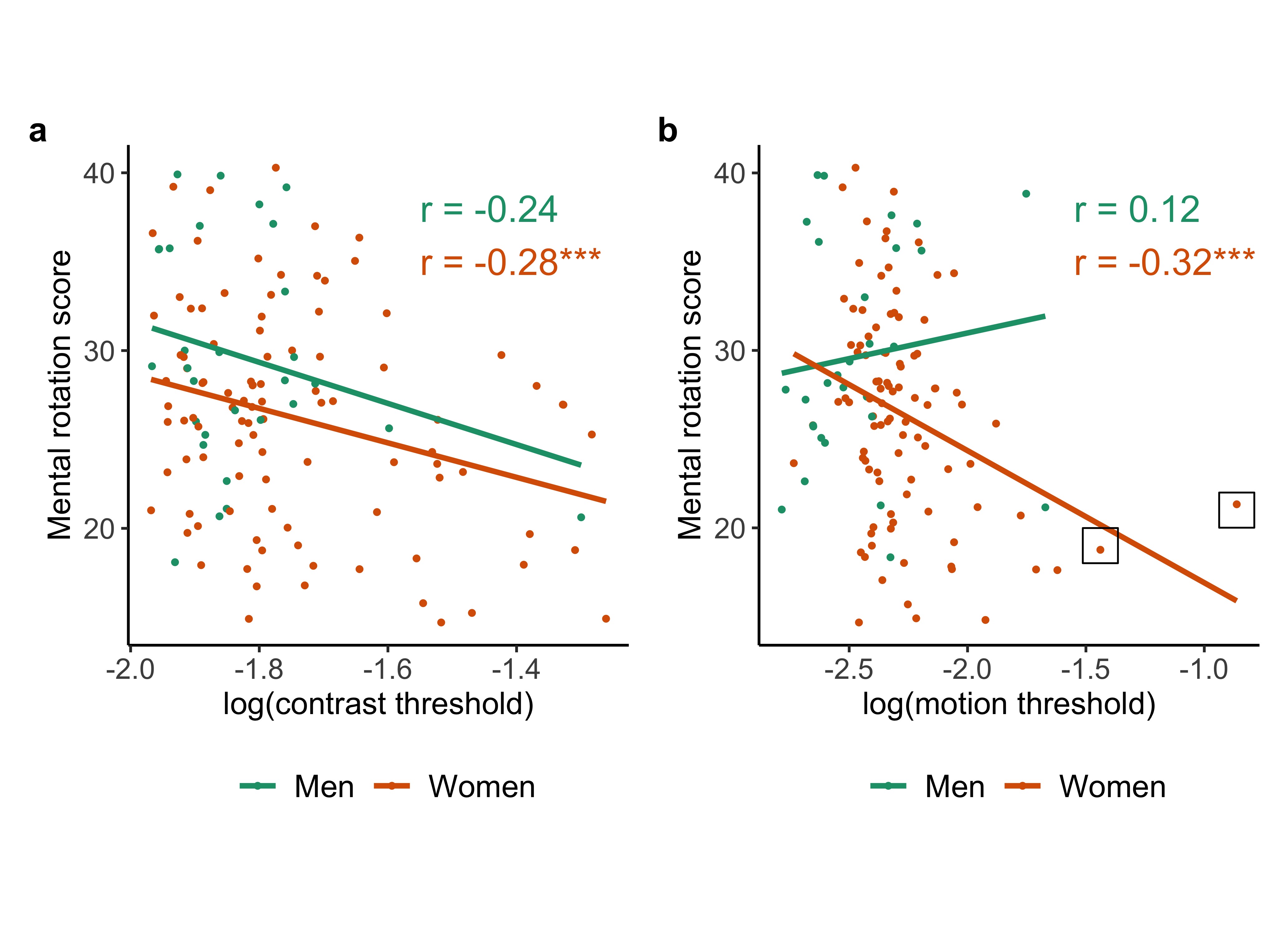
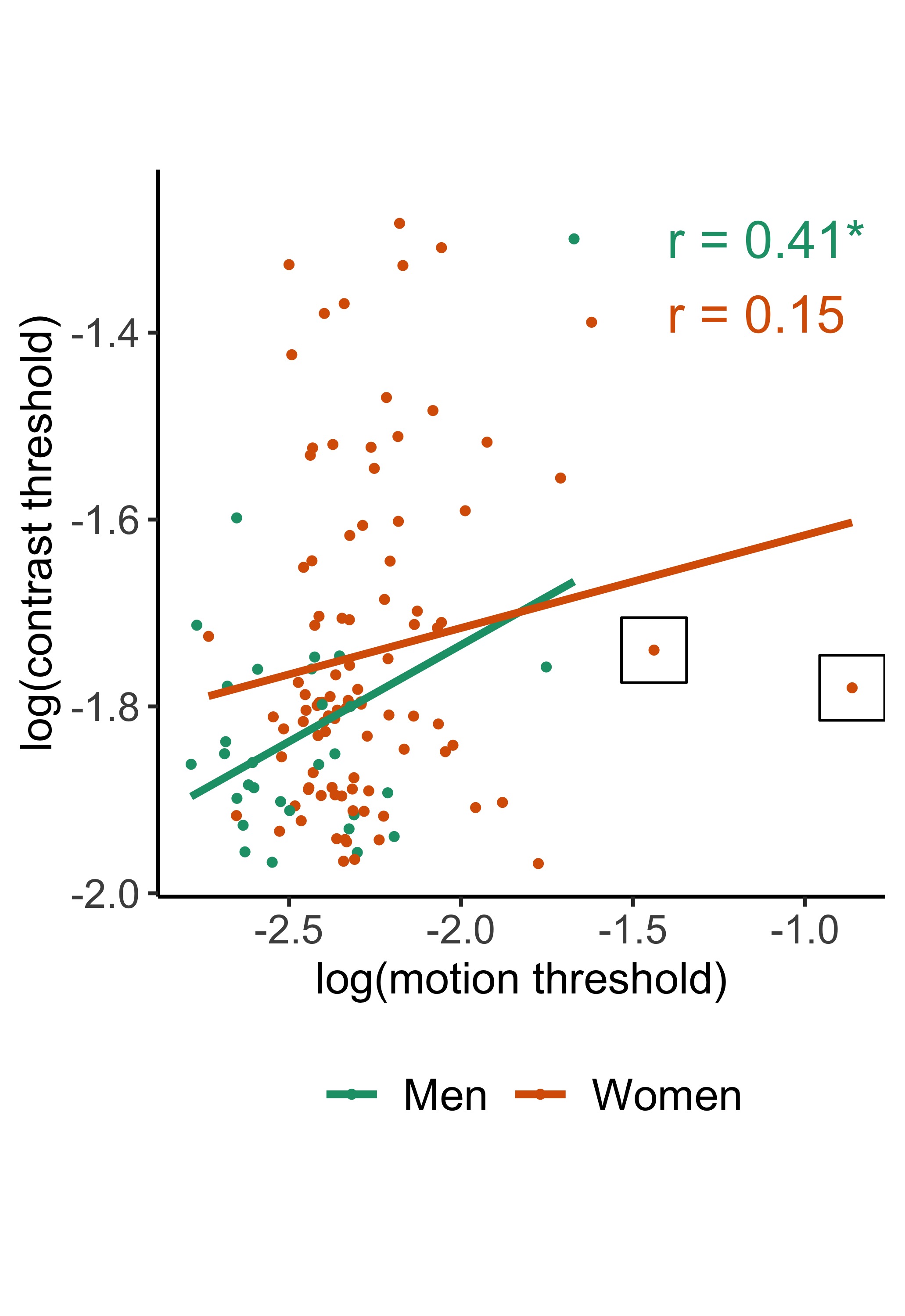
Lessons learned
- Replications are good
- And sadly uncommon
- Bigger (combined) samples \(\rightarrow\) higher power to detect smaller effects
- Don’t we want to know the distribution of effect sizes | manipulations X, Y, Z?
Lessons learned
- Data sharing is good
- Didn’t ask original authors for data, but shouldn’t have to.
- Most authors don’t share even when asked (Gabelica, Bojčić, & Puljak, 2022; Tedersoo et al., 2021; Vanpaemel, Vermorgen, Deriemaecker, & Storms, 2015; Watson, 2022; Wicherts, Borsboom, Kats, & Molenaar, 2006) even by a journal editor! (Miyakawa, 2020).
Lessons learned
- Preregistration helps draw bright line between confirmatory and exploratory analyses
- Hard, but useful discipline
- Included several post-registration exploratory analyses, including one suggested by reviewer.
- “Causal” analysis: Vision better predictor of mental rotation scores than sex.
Lessons learned
- Power curve analyses (different \(n\)’s, effect sizes) especially informative and useful.
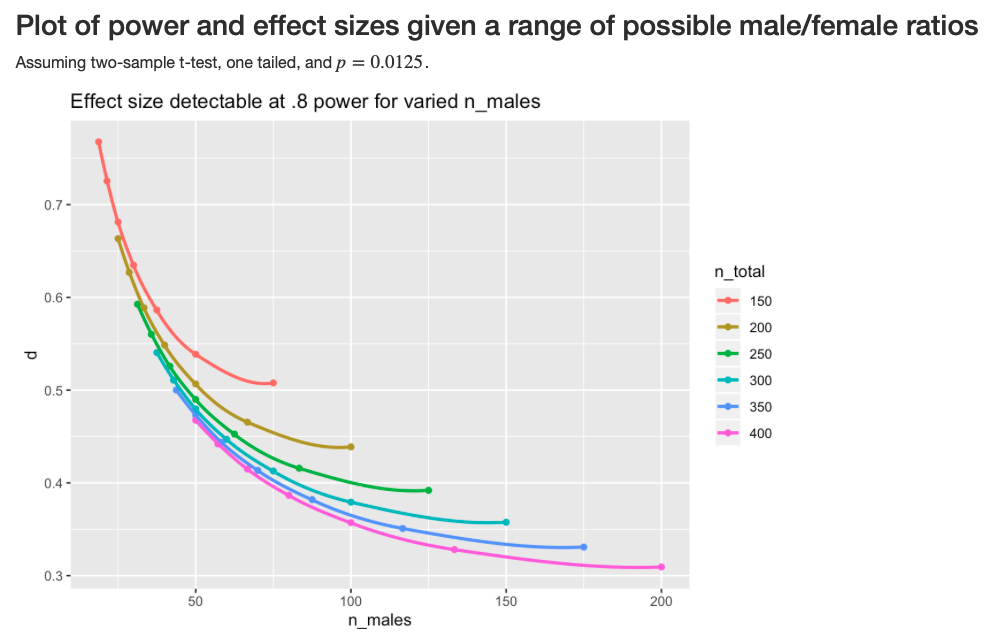
Power analysis curves from (Qian et al., 2022)
- Don’t fully understand relationship between sample size, power, and effect size?
- See this exercise and this app.
Lessons learned
- We need bigger samples…
…Assuming a realistic range of prior probabilities for null hypotheses, false report probability is likely to exceed 50% for the whole (psychology and cognitive neuroscience) literature. (Szucs & Ioannidis, 2017)
Lessons learned
- Internally reproducible workflows
- Bolster confidence (“don’t fool yourself”)
- Easier to share with collaborators, the world
- Always in a “share-able” form
- Especially scriptable figures!


- Words + Images + Videos + Code + Figures \(\rightarrow\) web pages, .pptx, PDF, .docx, etc.
- Gilmore & Valcin talk at the Open Science Bootcamp 2023.

- Mike Burnham’s workshop at the Open Science Bootcamp 2023.
Lessons learned
- Plot (all of) your data
- And save the plots, so you can use them later
Contrast Task

Motion Task
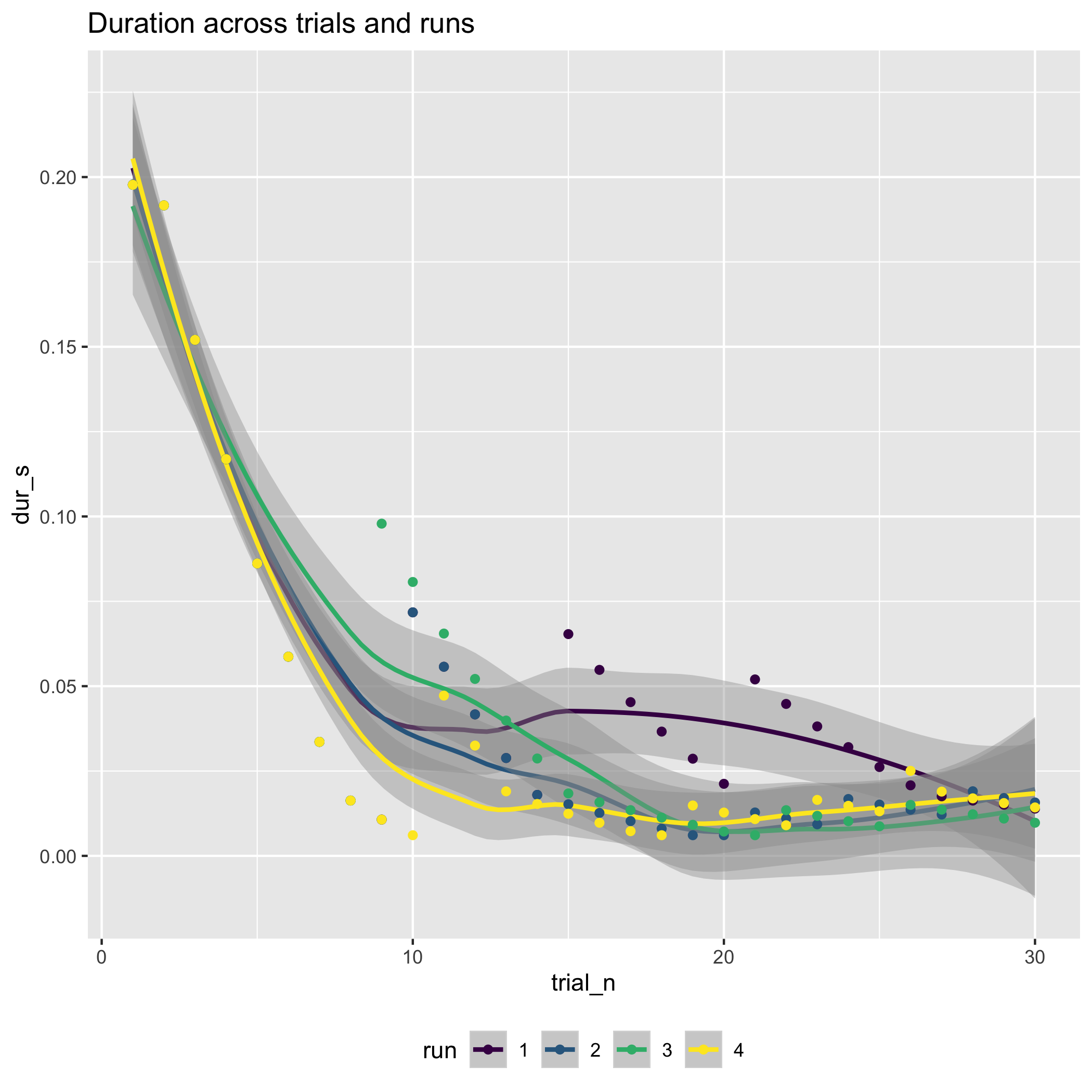
Contrast Task
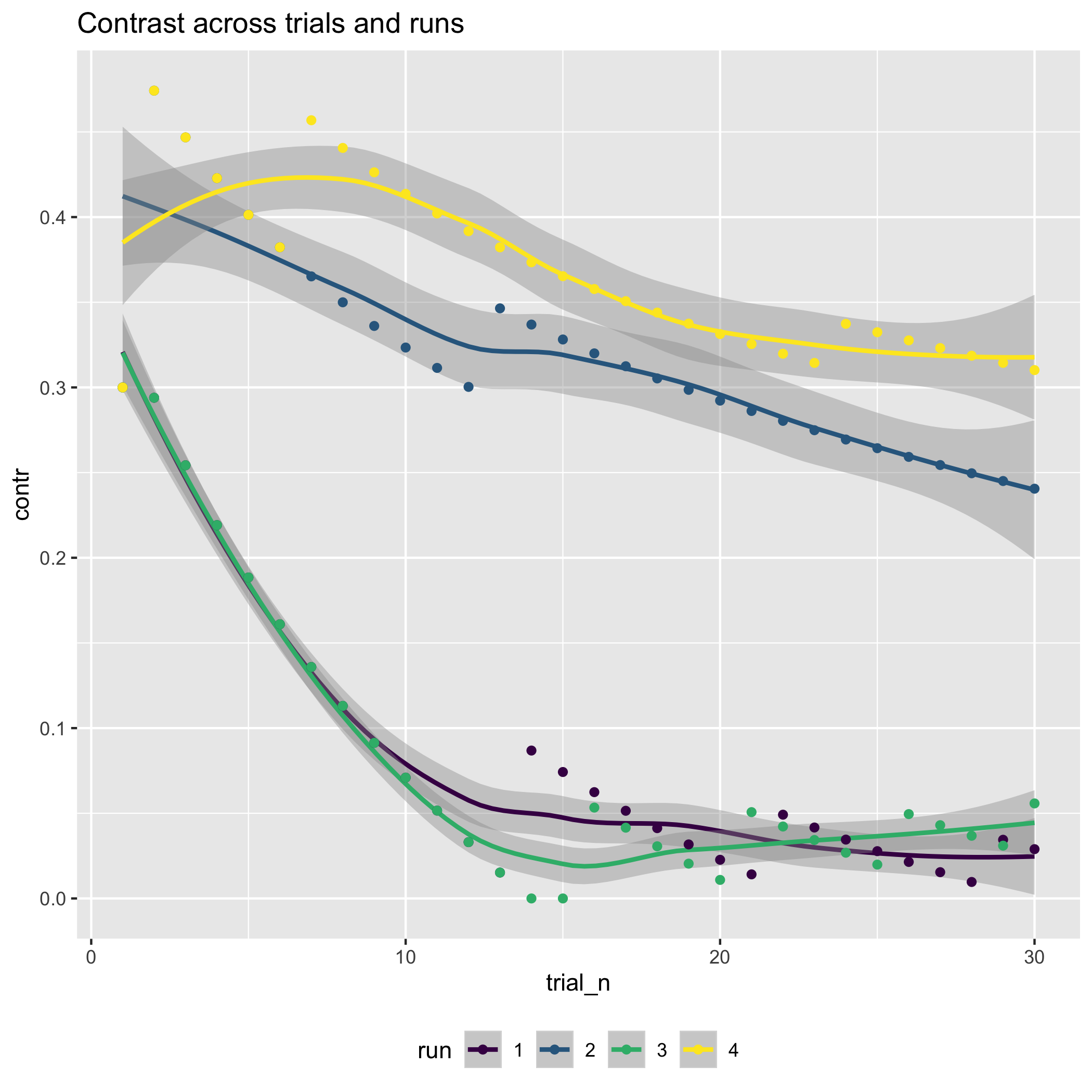
Motion Task

Contrast Task
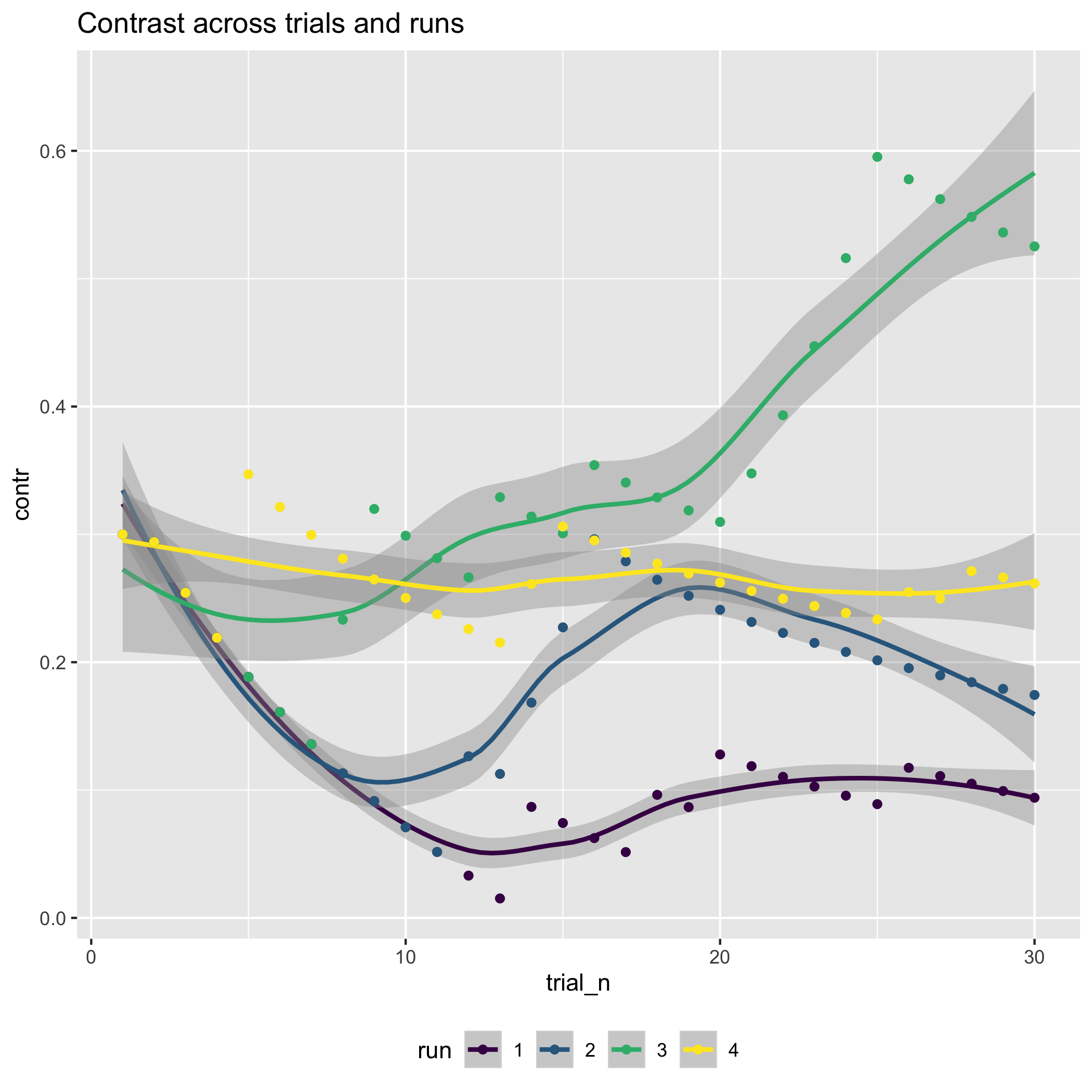
Motion Task
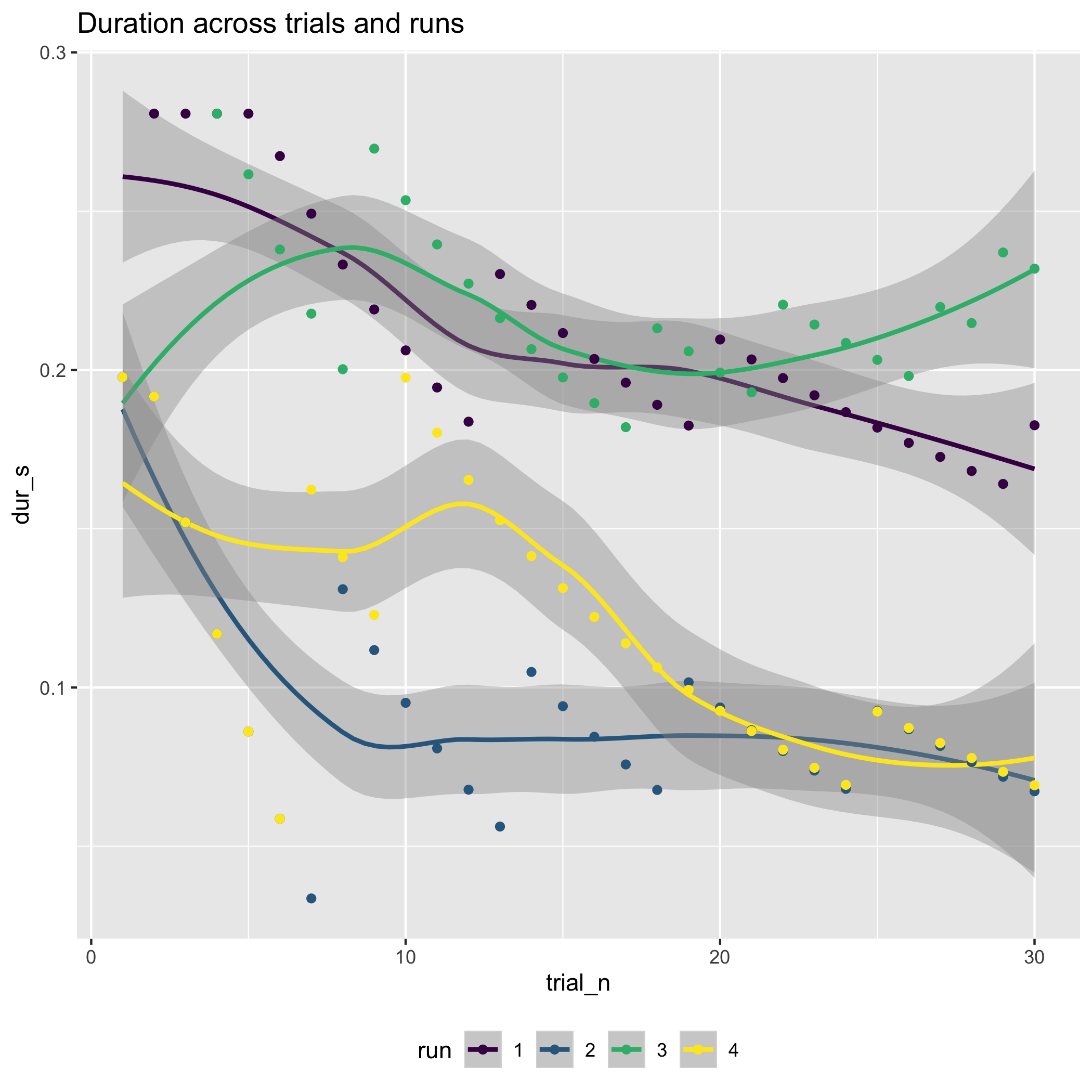
Lessons learned
- Working collaboratively “in the open” is hard
- Open science practices take time and effort
- Quick (& dirty) is, well…
- Pay now (incrementally) or pay (a lot) later…
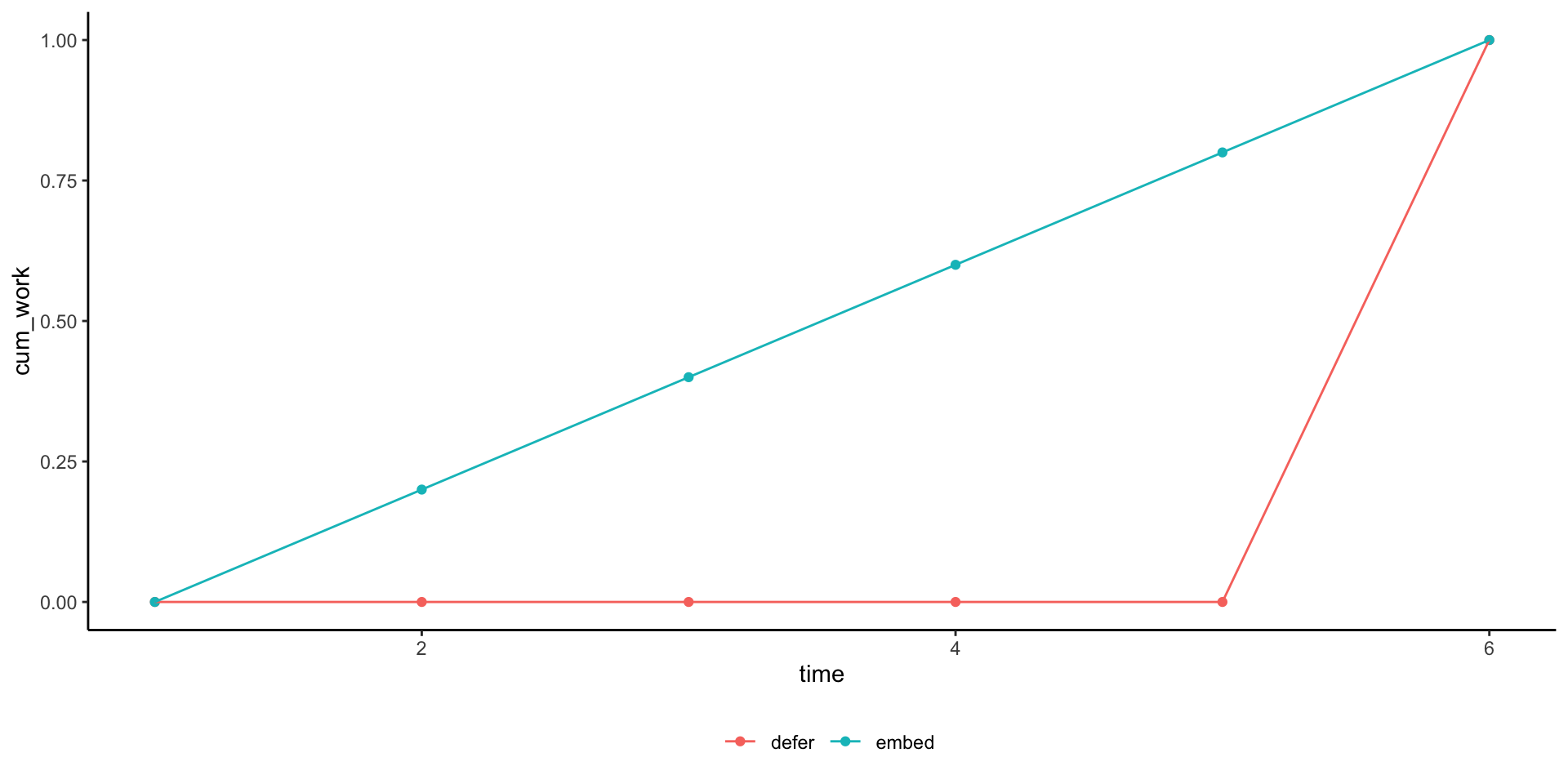
Figure 1: Embed curation & QA or defer it
Opening the file drawer


\(\Psi_{internal}\) states not directly observable, but…
- Behaviors are!
- Contexts can be!
Images and video are essential to the study of behavior
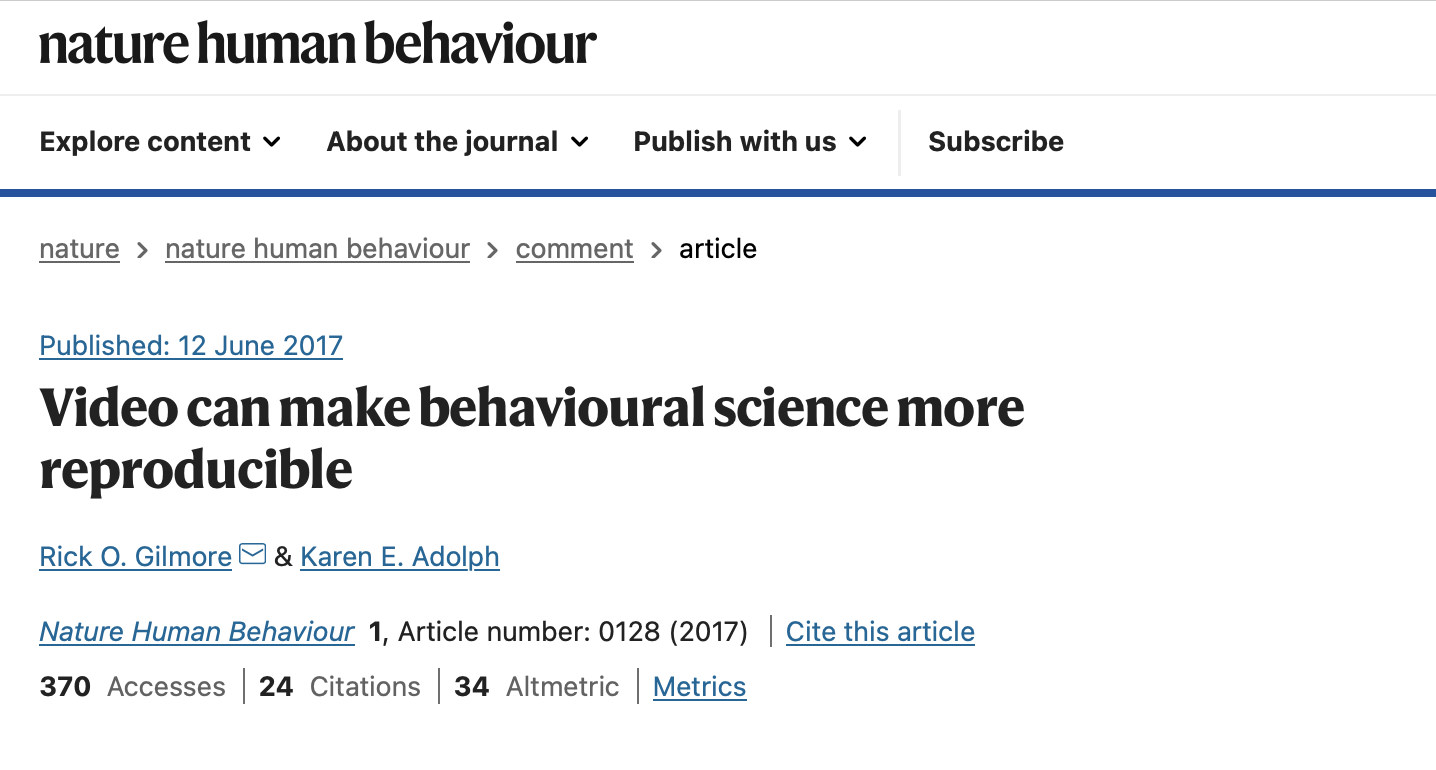
Play & Learning Across a Year (PLAY)
- What do mothers and their infants actually do when they are together at home?
- \(n=\) 1,000 dyads
- 30+ sites
- 12, 18-, & 24-month-olds
- 1 hr natural behavior; video home tour; video-recorded survey questionnaires
- All openly shared on Databrary.org

(Soska et al., 2021, Fig 3)

(Soska et al., 2021, Fig 1)

Time series of PLAY recruiting calls
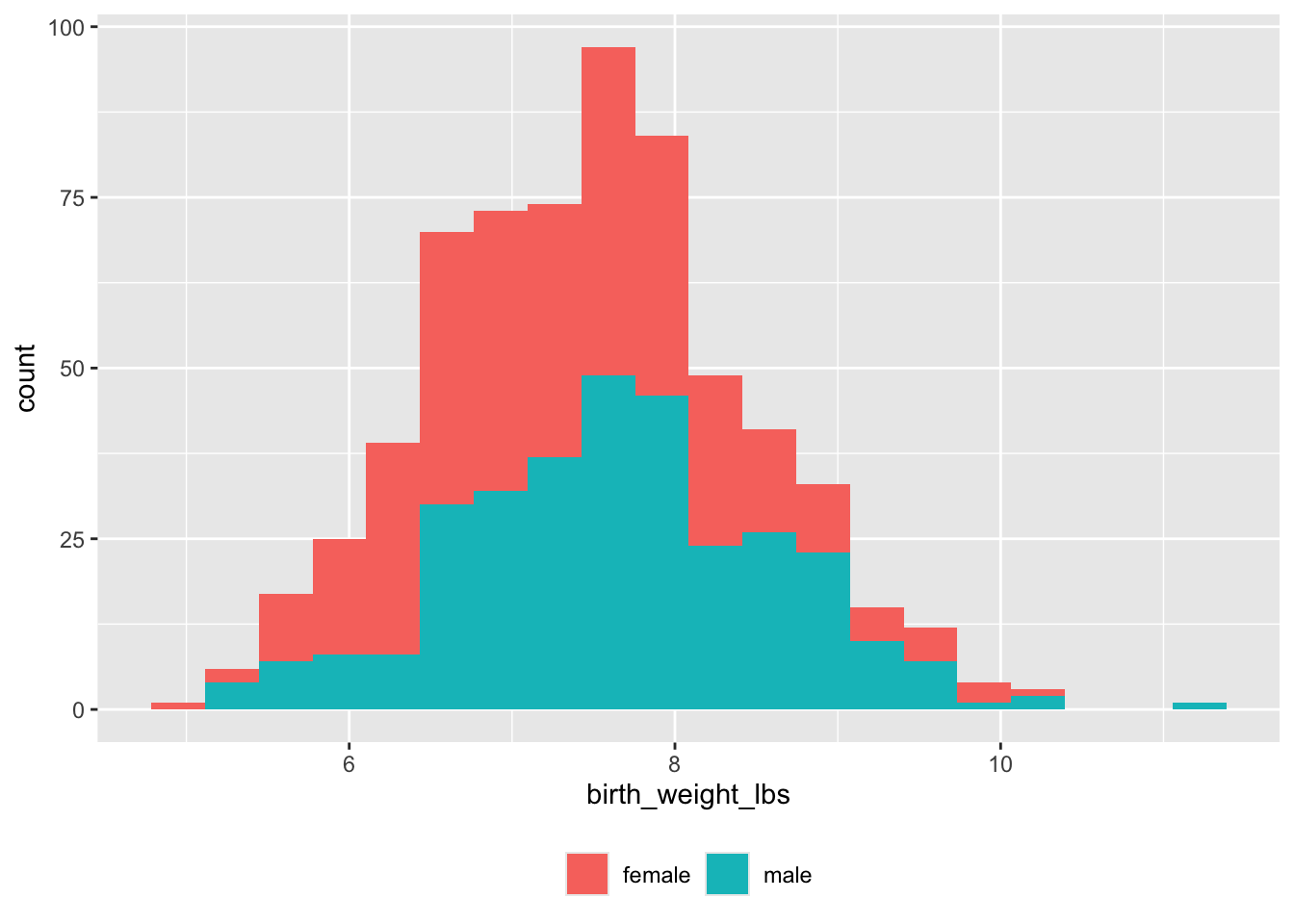
Distribution of prospective participant birthweights
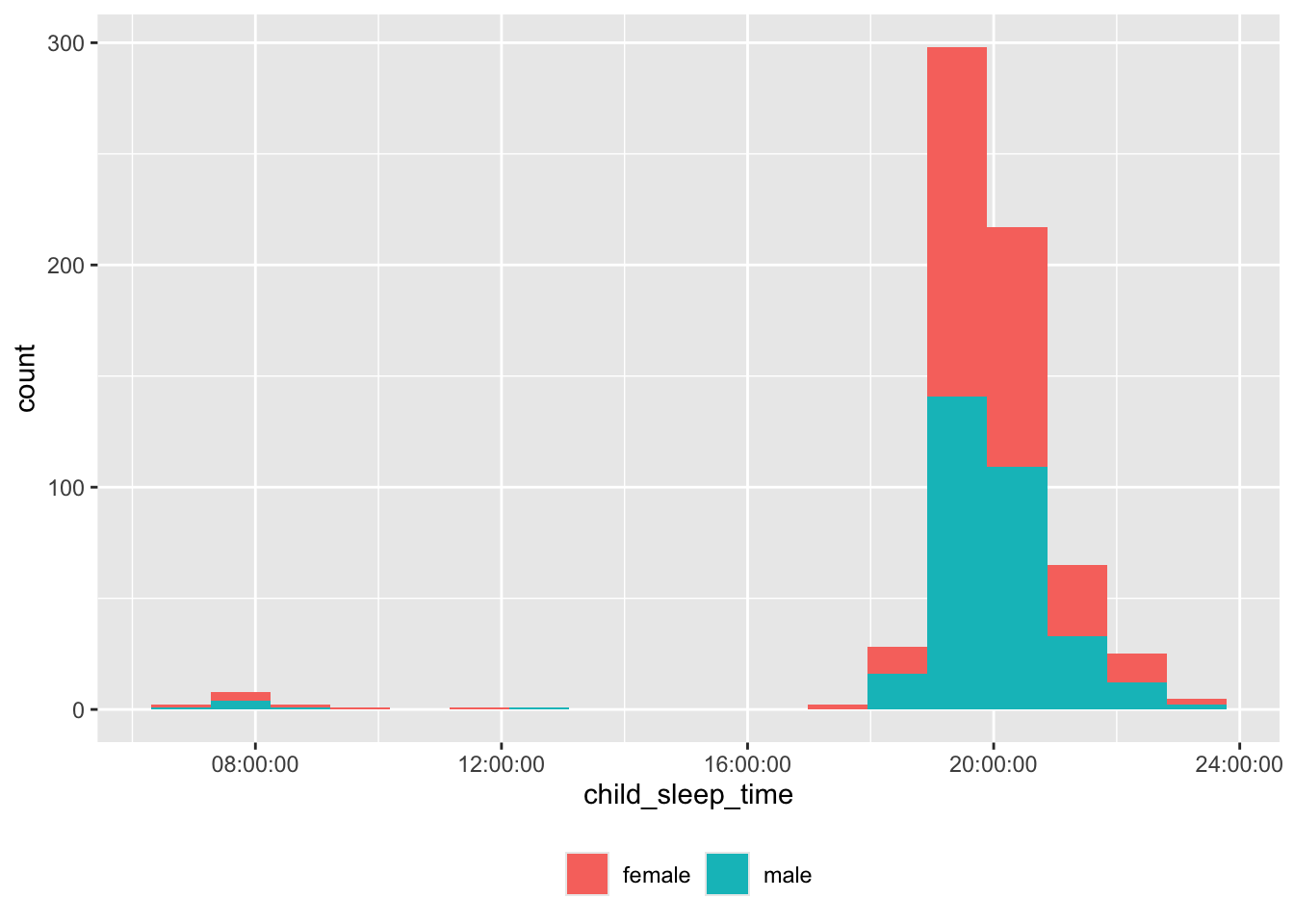
Parent-reported child bedtime
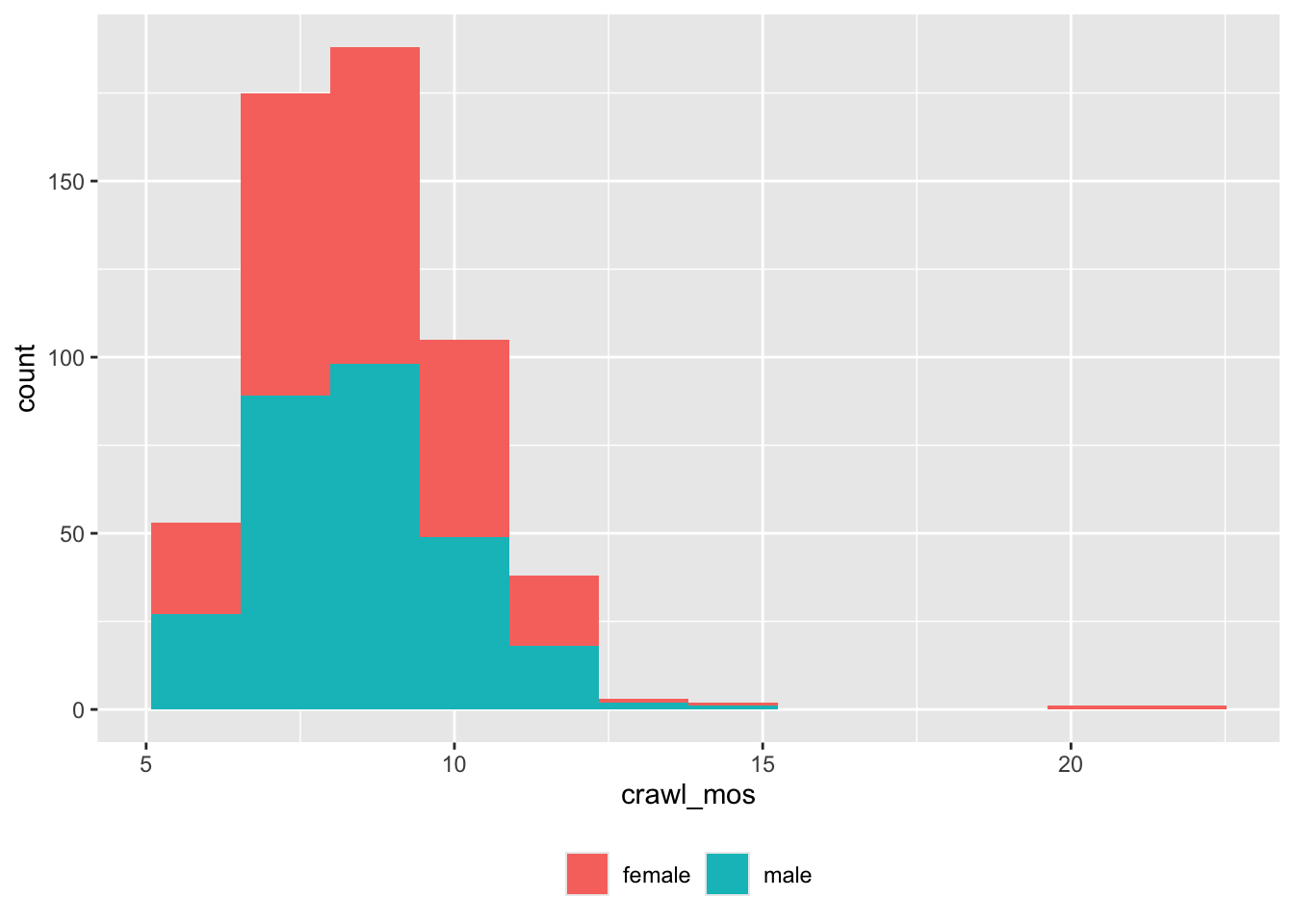
Crawling onset
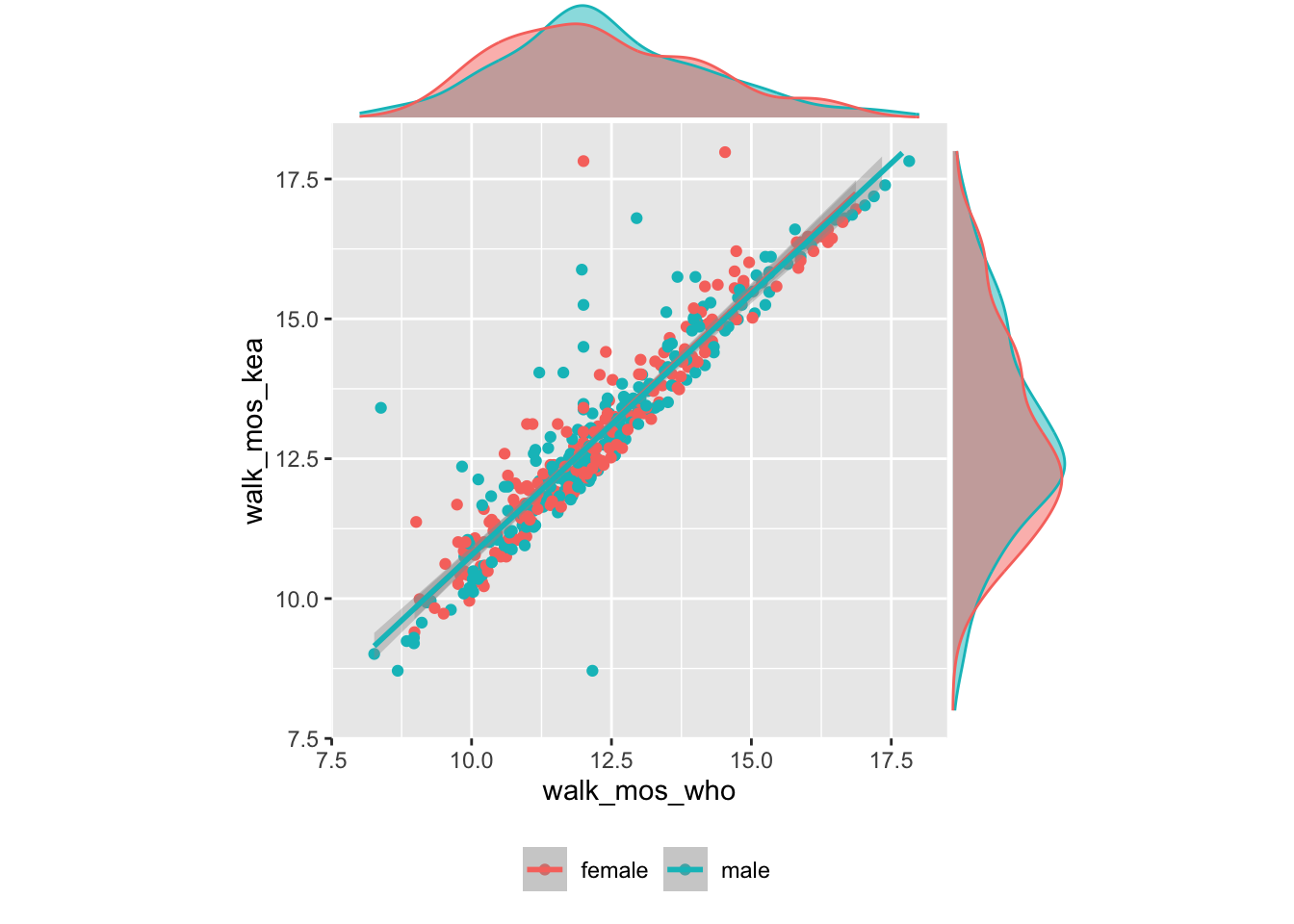
Comparing Adolph to WHO walk onset criteria
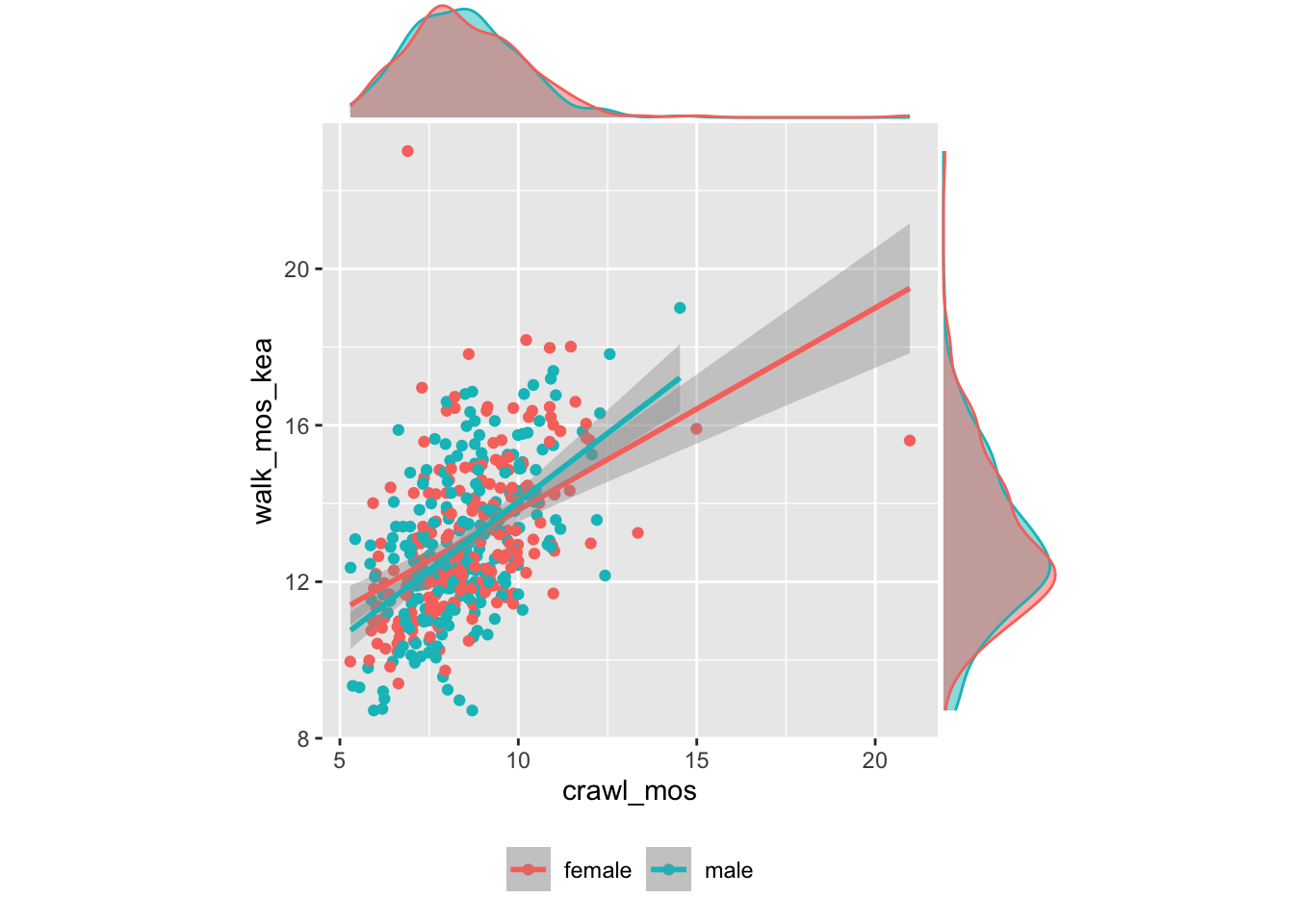
Crawl onset vs. Walk onset

- Video + other identifiable/sensitive data
- Share openly1, but not publicly, with restricted community of researchers2 who are authorized by their institutions.
- Share with explicit participant/parent permission
- Scriptable (==reproducible) workflows via the Databrary API and the databraryr package
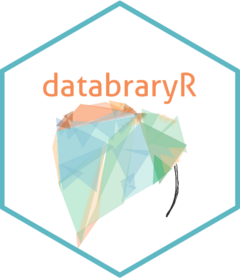
- Python equivalent (databrarypy) in progress.
[1] TRUEdf <- databraryr::download_session_csv(vol_id = 4) |>
readr::read_csv()
xtabs(~ `participant-gender` + `participant-race`, df) participant-race
participant-gender Asian Black or African American More than one
Female 2 2 6
Male 7 0 5
participant-race
participant-gender Unknown or not reported White
Female 2 18
Male 3 22Download and open a video from Databrary: https://nyu.databrary.org/volume/1/slot/9807/-?asset=1
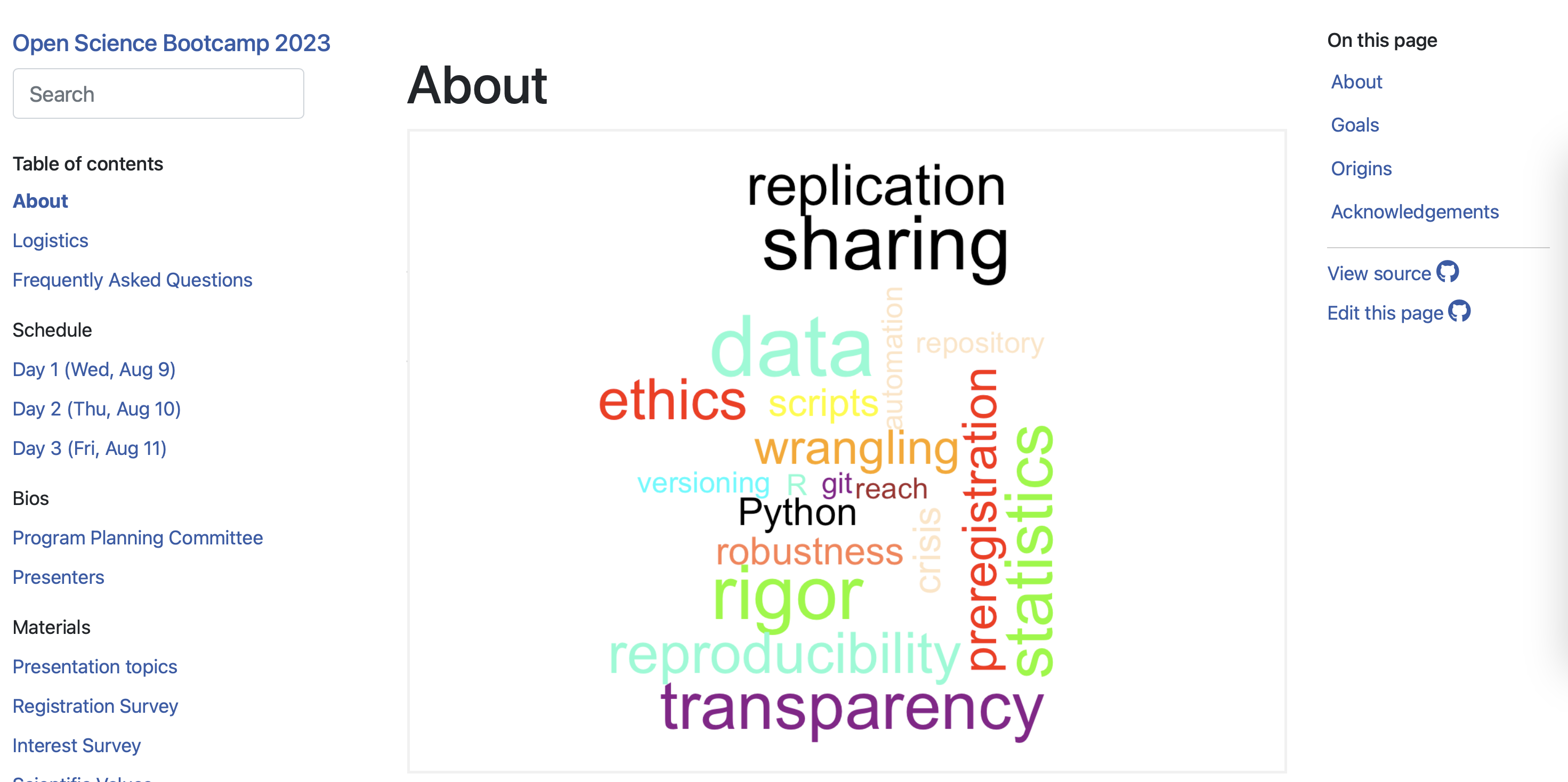
“Good enough” practices
- Dr. Alaina Pearce, Good enough practices data and project management | talk slides
- Dr. Alaina Pearce, Data management: Practicalities | talk slides
Gilmore’s additions…
- You can learn to code (and should), but do so in the context of solving a specific problem you care about
- Strive for methods reproducibility (Goodman, Fanelli, & Ioannidis, 2016) in your own projects
Methods reproducibility
Methods reproducibility refers to the provision of enough detail about study procedures and data so the same procedures could, in theory or in actuality, be exactly repeated.
- Does a typical journal article satisfy this?
- Does project X from your lab group satisfy this?
- Reproducible to your team \(\rightarrow\) reproducible to others
Open science practices need not be all or none

- Greater openness \(\rightarrow\) closer match between idealistic values and practical concerns
- Balance scientific norms (Merton, 1973) with counter-norms (Mitroff, 1974)
Richard Feynmann

The first principle is that you must not fool yourself—and you are the easiest person to fool….
Richard Feynmann

So I have just one wish for you—the good luck to be somewhere where you are free to maintain the kind of integrity I have described…May you have that freedom.
What about the other crises?
- Speed vs. accuracy, quantity vs. quality
- Avoiding cognitive biases in our own work (e.g., Munafò et al., 2017)
- \(\Phi\leftarrow\Psi_{internal}\)? That’s another talk

May all our crises be ‘good’ ones…
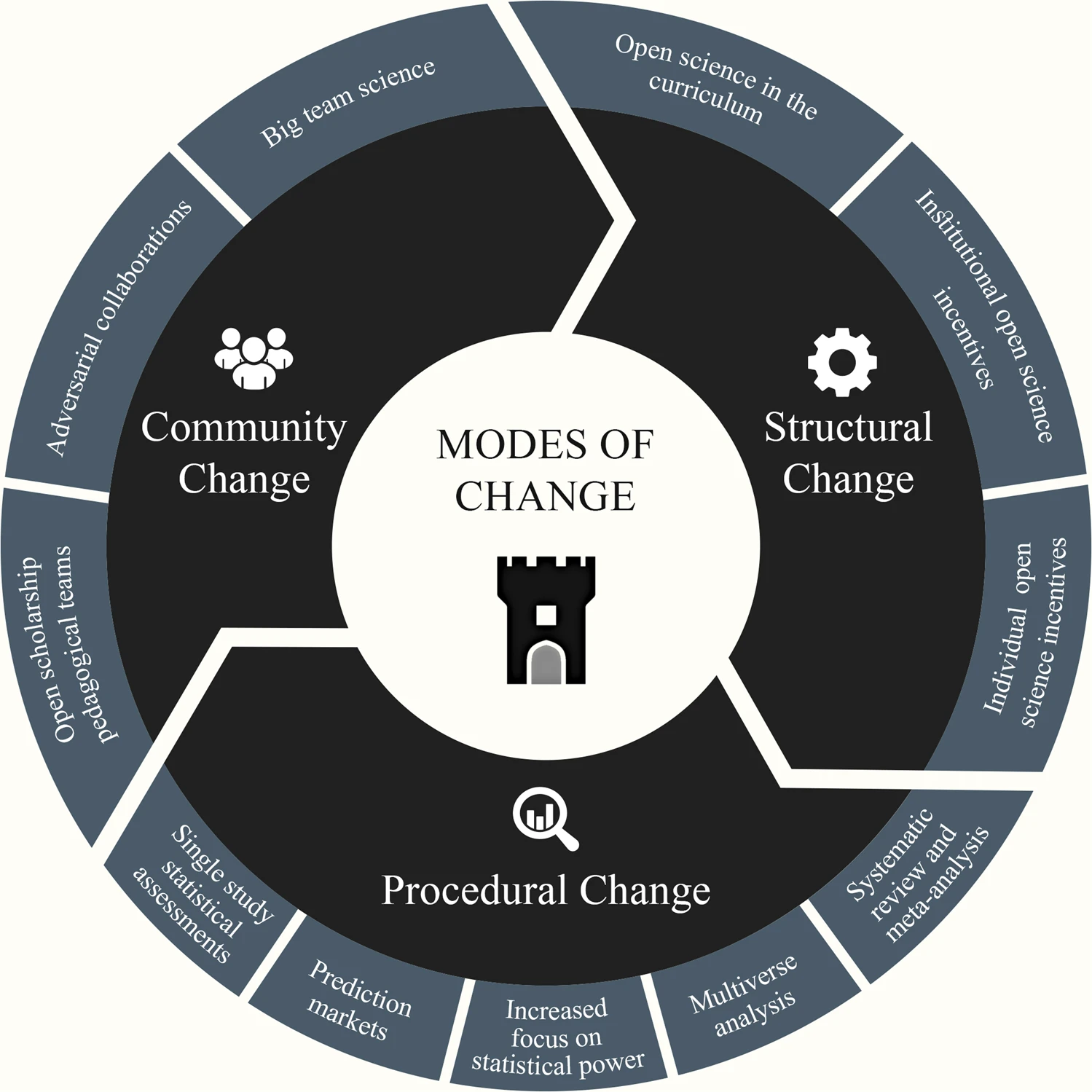
The replication crisis has led to positive structural, procedural, and community changes.

If it was fun, they wouldn’t have to pay you to do it.

If it was fun, they wouldn’t have to pay you to do it.
But now that it’s more fun, they still should pay you…probably better than they are now. Especially now that you have my new great-grandson to love and support…
Great Grandpa Jerry Gilmore
No foolin’: May all our crises be ‘good’ ones
Rick Gilmore
rog1 AT-SYMBOL psu PERIOD edu
114 Moore
github.com/gilmore-lab
rick-gilmore.com
github.com/psu-psychology
github.com/penn-state-open-science

Resources

HTML slides from Rick Gilmore’s talk on 2023-09-06
About
This talk was produced using Quarto with the RStudio Integrated Development Environment (IDE), version 2023.6.2.561, (Posit team, 2023).
The source files are in R and R Markdown, then rendered to HTML using the revealJS framework. The HTML slides are hosted in a GitHub repo and served by the GitHub pages service at the following URL: https://gilmore-lab.github.io/dev-prosem-2023-fall/
[1] TRUEReferences

Dev Prosem Fall 2023

